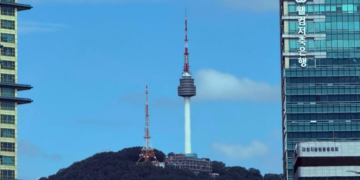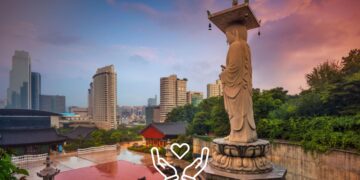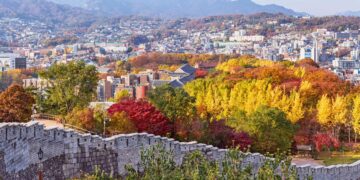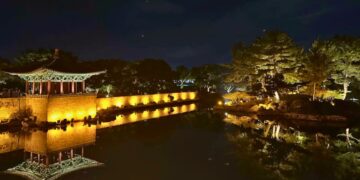Last Updated on 6 months by admin
Celebrating 100 years, Dongchoon Circus keeps South Korea’s circus heritage alive with thrilling acrobatics and family shows.
In the bustling city of Ansan, just south of Seoul, a vibrant piece of South Korea’s cultural heritage continues to captivate audiences. The Dongchoon Circus, established in 1925, stands as the nation’s last remaining traditional circus. And now in 2025, it is celebrating its centennial year. This milestone not only marks a century of performances but also highlights the resilience and adaptability of an art form facing modern challenges.
Dongchoon Circus – Some Interesting Facts
- Founded: 1925 in Pyongyang (before Korea’s division)
- Name: “Dongchoon” means “spring in the east” – symbolizing renewal and hope.
- Legacy: It’s the oldest and only remaining traditional circus in South Korea.
- Base: Currently headquartered in Ansan, a city just southwest of Seoul.
- Traditional Performances: Acrobats, animal acts, clowns, slapstick, magic, and tightrope walking.
A Century Under the Big Top
Founded during a time when television and digital entertainment were nonexistent, Dongchoon Circus quickly became a primary source of amusement for many Koreans. Traveling across the country, the circus showcased a variety of acts, including exotic animal performances, magic shows, skits, and musical numbers. At its peak in the 1960s, Dongchoon boasted over 200 performers and staff, drawing large crowds eager for live entertainment.
However, the advent of television, movies, and later the internet led to a decline in live circus audiences. Many performers transitioned to other entertainment sectors, and public sentiment shifted against animal acts, prompting Dongchoon to evolve its offerings.
Adapting to Modern Times
In response to changing societal values and entertainment preferences, Dongchoon Circus transformed its performances. Now it focuses solely on acrobatics and human artistry. The circus now features acts such as aerial silk performances, unicycle tightrope walking, and intricate juggling routines.
This shift not only aligns with contemporary ethical standards but also showcases the incredible skill and dedication of its performers.
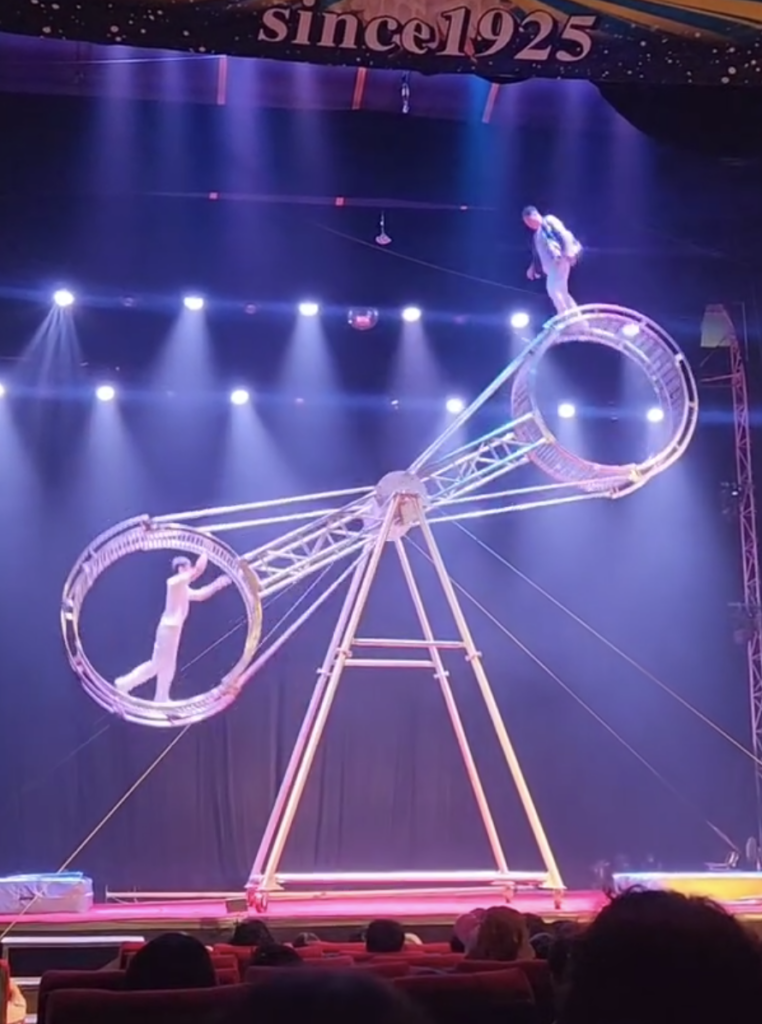
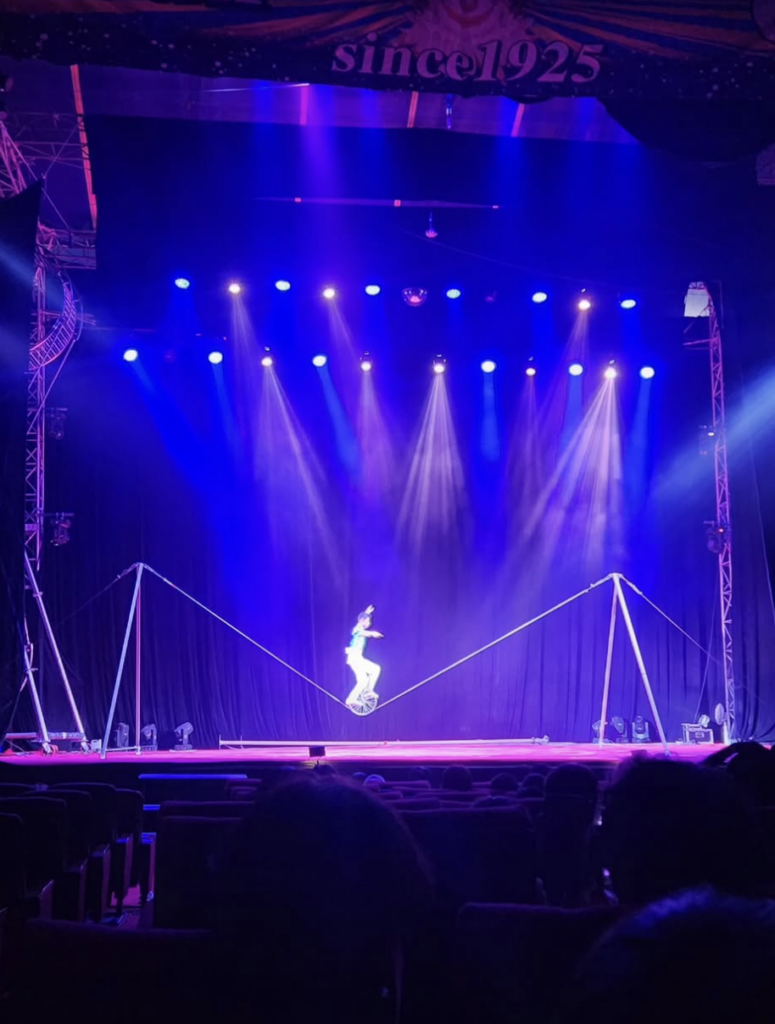
Interestingly, all 35 of Dongchoon’s current acrobats are Chinese nationals. Over the years, there has been a declining interest among South Koreans. The circus career is perceived as low-paying and risky. Despite this, the circus continues to draw audiences, with several hundred spectators on weekdays and up to 2,000 on weekends.
The Man Behind the Curtain: Park Sae-hwan
Central to Dongchoon’s enduring legacy is Park Sae-hwan, who joined the circus in 1963 as a performer and later took over its operations in 1978. Under his leadership, the circus navigated numerous challenges, including a near-closure in 2009 due to dwindling audiences during a flu outbreak. Media coverage and public support revitalized interest, allowing the circus to continue its performances.
Park’s commitment extends beyond performances. He has expressed a desire to establish a circus school in Ansan to train future generations of South Korean performers, ensuring the preservation of this unique art form.
Cultural Significance and Future Prospects
Dongchoon Circus is more than just entertainment; it’s a living testament to South Korea’s rich cultural tapestry. Experts, like Heo Jeong Joo from the All That Heritage Research Institute, advocate for its designation as an intangible cultural asset, emphasizing its historical and cultural value.
As the Dongchoon Circus celebrates its 100th anniversary, it stands at a crossroads. Balancing tradition with innovation, Dongchoon aims to captivate new audiences while honoring its storied past. With continued support and adaptability, this iconic institution hopes to thrive for another century.
Planning Your Visit
Location: Dongchoon Circus Big Top, Ansan, South Korea
Performance Schedule:
- Weekdays: Two shows daily
- Weekends: Up to three shows daily
- Duration: Each performance lasts approximately 90 minutes
Tickets: Available on-site or through the official Dongchoon Circus website.
- Adult – KRW 25,000
- Child – KRW 17,000
Getting There: Ansan is accessible via Seoul Subway Line 4.
For travelers seeking a unique cultural experience, attending a Dongchoon Circus performance offers a rare glimpse into a century-old tradition, blending history, artistry, and resilience under the big top.
Related Posts
1,713 total views, 3 views today



